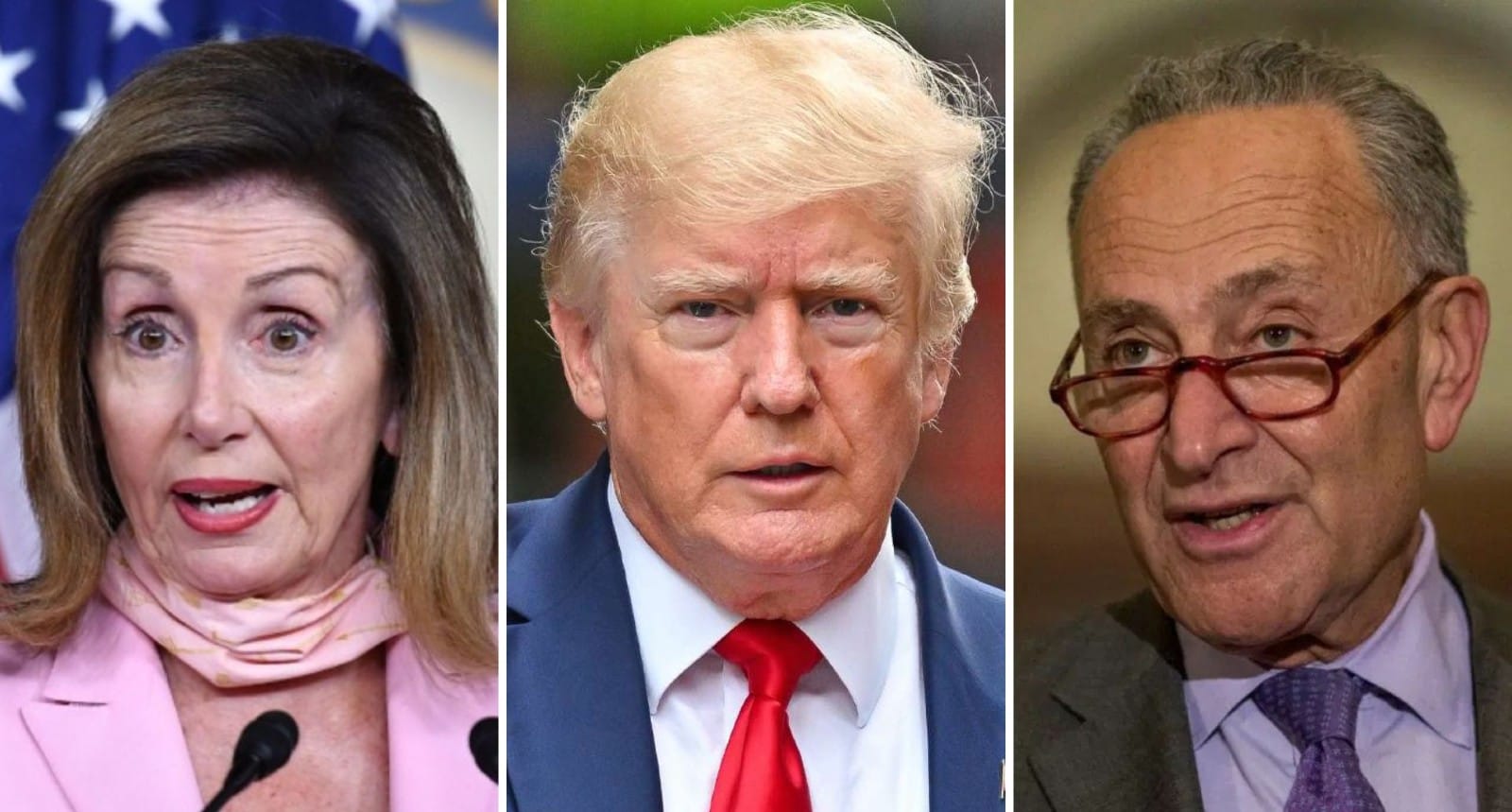Voting rights advocates are raising alarms over a potential seismic shift in U.S. congressional representation, warning that a forthcoming Supreme Court ruling could allow Republican-controlled legislatures to redraw districts in their favor, potentially flipping nearly 20 seats.
The case at the center of the debate is Louisiana v. Callais, which the Supreme Court is set to rehear on October 15. This case could determine the future of Section 2 of the Voting Rights Act, a cornerstone civil rights law that prohibits voting practices or redistricting plans that dilute the electoral power of racial minorities. Section 2 has long served as a safeguard against racial gerrymandering, ensuring that minority communities have a fair opportunity to elect candidates of their choice.
Two prominent voting rights organizations, Fair Fight Action and the Black Voters Matter Fund, have published a new report indicating that the potential weakening or elimination of Section 2 could allow GOP-led legislatures to redraw up to 19 congressional districts nationwide in their favor. The organizations shared their findings exclusively with Politico.
The report identifies 27 congressional districts across the United States that could see significant shifts in representation if current legal and political conditions remain unchanged, with 19 of those directly tied to the potential elimination of Section 2 protections.
“This would clear the path for a one-party system where power serves the powerful and silences the people,” Black Voters Matter Fund co-founder LaTosha Brown warned, underscoring the stakes of the Supreme Court’s decision. Brown’s statement comes amid ongoing debates about the constitutionality of drawing congressional districts based solely on race, which remains central to the high court’s examination in Louisiana v. Callais.
Republican Perspective and Strategy
For years, Republican lawmakers have sought to limit or dismantle Section 2, arguing that it unfairly benefits Democratic candidates by requiring the creation of minority-majority districts, which tend to lean Democratic. Previous challenges to Section 2 have been rejected by the Supreme Court, but advocates fear that this case could mark a pivotal change in the law’s application.
Republican-controlled legislatures are already pursuing mid-cycle redistricting strategies to solidify their House majority ahead of the 2026 midterm elections. While mid-cycle redraws are uncommon, they are not unprecedented. Recent efforts have already produced six additional Republican-leaning districts across two states, demonstrating how the GOP could capitalize on a favorable ruling.
Implications for Democrats and Minority Communities
While Democrats could theoretically attempt to redraw districts in states where Section 2 protections still apply, analysts note that their opportunities would be limited compared with the potential advantage Republican legislatures could gain. If Section 2 protections are narrowed or eliminated, Democratic representation could shrink dramatically in several Southern states, including Alabama, South Carolina, Tennessee, and Mississippi, where some incumbents could be entirely ousted.
Other states, such as Louisiana, Georgia, North Carolina, Texas, and Florida, would likely retain at least one Democratic member of Congress, but overall representation could be reduced significantly. This could alter the balance of power in the House of Representatives, potentially securing Republican control for the foreseeable future.
Voting Rights Act Protections at Risk
The Voting Rights Act has historically served as a bulwark against racial discrimination in voting laws and redistricting. Section 2, in particular, prohibits practices that dilute the voting power of racial minorities, including gerrymandering that weakens their influence in local, state, or federal elections. States that comply with Section 2 are required to draw districts giving racial and ethnic minority communities a meaningful opportunity to elect candidates of their choice.
Should the Supreme Court narrow or overturn Section 2, the consequences could be far-reaching. Experts predict widespread shifts in congressional representation, particularly across Southern states where Republican legislatures hold sway. These changes could also exacerbate tensions over voting access and equity, fueling debates that have intensified in recent years.
Calls to Action and Political Response
In response to the looming threat, Fair Fight Action and the Black Voters Matter Fund are urging Democrats to mount an “aggressive and immediate” counterstrategy. This includes lobbying efforts, legal challenges, and public awareness campaigns aimed at mitigating the impact of GOP redistricting maneuvers already underway.
Democratic officials and advocates have expressed concern that without proactive measures, the Supreme Court ruling could drastically reshape the political landscape, tilting power toward one party and undermining the principle of fair representation.
Expert Analysis and Future Outlook
Election law experts note that while the Supreme Court’s decision remains uncertain, the potential ramifications are significant. Redistricting efforts could affect the political balance in key states, reshaping both local and national legislative priorities. Analysts warn that a narrowing of Section 2 protections could enable partisan gerrymandering on an unprecedented scale, fundamentally altering the democratic process in affected districts.
The timing of the decision, likely before next year’s midterm elections, could amplify its impact. States with Republican-controlled legislatures would be positioned to act quickly, redrawing districts to solidify partisan advantage. Meanwhile, Democrats would face a constrained ability to respond, limited by legal and procedural hurdles.
Broader Implications for Democracy
The potential weakening of the Voting Rights Act raises broader concerns about the health of American democracy. Section 2 has long been a key instrument in protecting minority voters and ensuring equitable representation. A ruling against it could trigger a series of legal, political, and social challenges that reshape how Americans vote and who they are able to elect.
Critics warn that such a shift could embolden efforts to manipulate electoral outcomes, undermining public trust in the democratic process. Advocates argue that preserving Section 2 is essential to maintaining a fair and inclusive political system, where power is not concentrated in the hands of one party at the expense of minority communities.
Conclusion
As the Supreme Court prepares to rehear Louisiana v. Callais on October 15, the stakes could not be higher. The ruling has the potential to reshape the U.S. House of Representatives, influence national policy, and affect millions of voters across the country.
Voting rights organizations, lawmakers, and political analysts are watching closely, recognizing that the decision could determine the trajectory of American democracy for years to come. With nearly 20 congressional seats at risk of flipping to Republican control, the outcome of this case will likely have profound consequences not only for the 2026 midterm elections but for the broader balance of power in Washington.
Democrats and minority communities are preparing for what they describe as a possible crisis, while Republicans are poised to capitalize on any legal advantage. The coming weeks may define the future of voting rights and congressional representation in the United States, highlighting the enduring importance of Section 2 of the Voting Rights Act in protecting the democratic process.

Emily Johnson is a critically acclaimed essayist and novelist known for her thought-provoking works centered on feminism, women’s rights, and modern relationships. Born and raised in Portland, Oregon, Emily grew up with a deep love of books, often spending her afternoons at her local library. She went on to study literature and gender studies at UCLA, where she became deeply involved in activism and began publishing essays in campus journals. Her debut essay collection, Voices Unbound, struck a chord with readers nationwide for its fearless exploration of gender dynamics, identity, and the challenges faced by women in contemporary society. Emily later transitioned into fiction, writing novels that balance compelling storytelling with social commentary. Her protagonists are often strong, multidimensional women navigating love, ambition, and the struggles of everyday life, making her a favorite among readers who crave authentic, relatable narratives. Critics praise her ability to merge personal intimacy with universal themes. Off the page, Emily is an advocate for women in publishing, leading workshops that encourage young female writers to embrace their voices. She lives in Seattle with her partner and two rescue cats, where she continues to write, teach, and inspire a new generation of storytellers.









